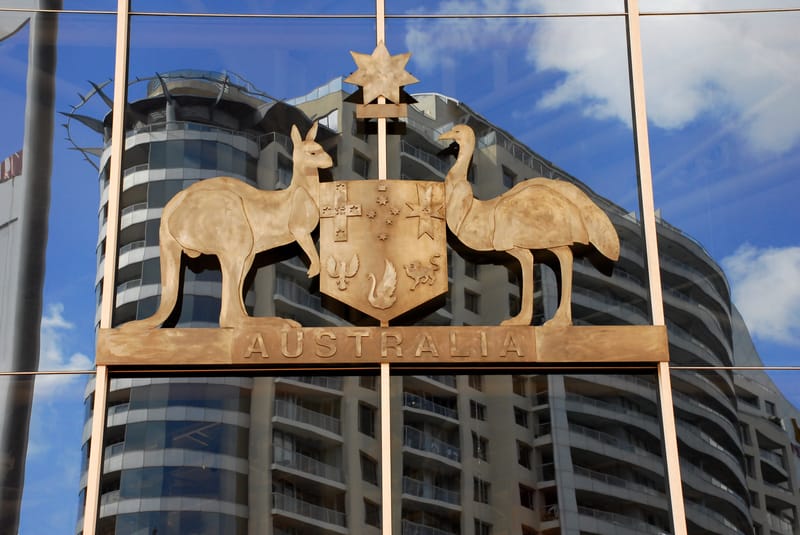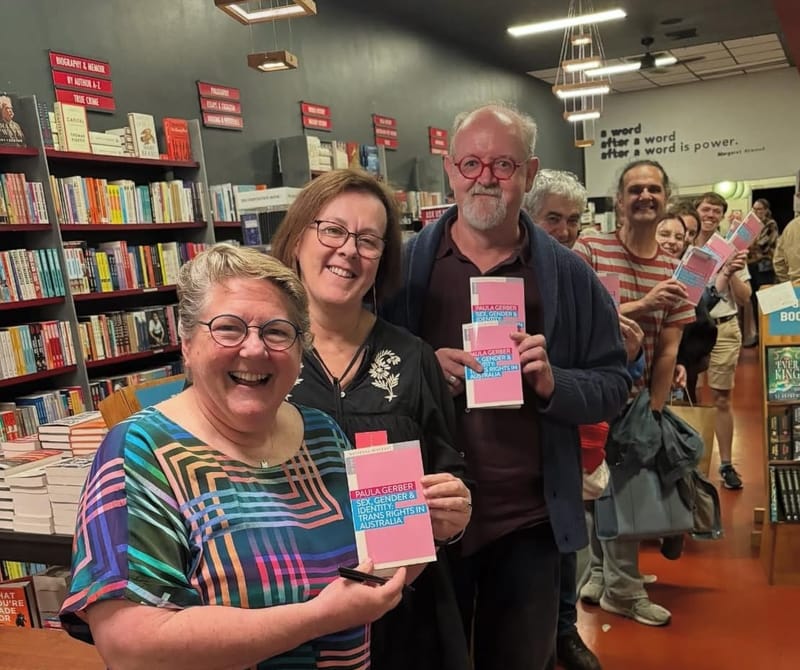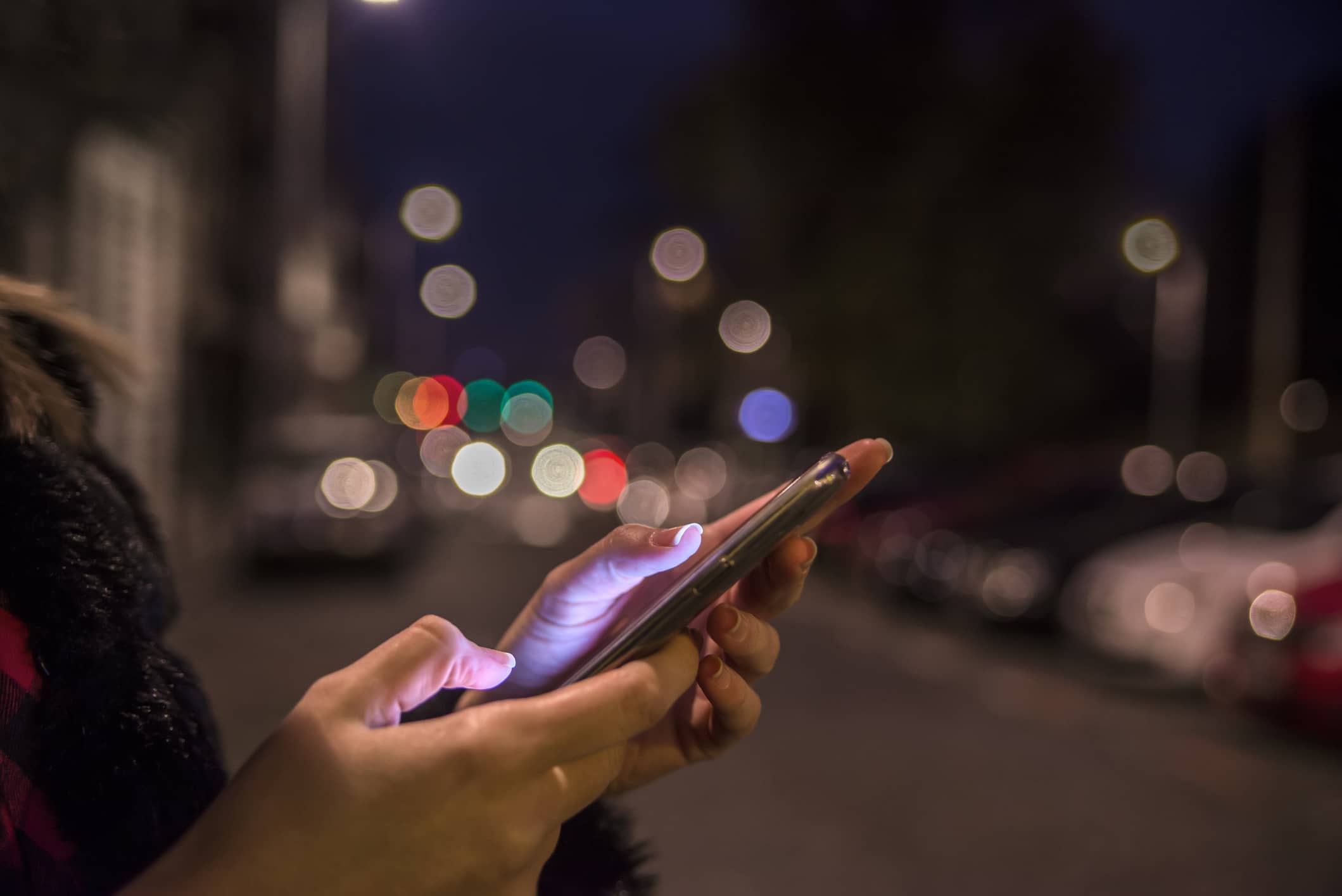
Following last year’s shocking murder of Sarah Everard in the UK, major British telecommunications company BT proposed a new phone service aimed at protecting lone women walking home.
Writing in the British tabloid Daily Mail, the CEO of BT, Philip Jansen, expressed his anger and the determination to make a difference: “The murders of Sarah Everard and Sabina Ness filled me – like so many others – with outrage and disgust ... As CEO of BT, I am in a position to do something practical. I have been thinking about how we can use technology to tackle the problem.”
The proposal, dubbed “Walk Me Home”, has been rightly lamented by critics as another Band-Aid solution that (again) places the onus on women to protect themselves, and ultimately fails to tackle the root cause of male violence.
But the idea that a technological solution can somehow be a magic wand to prevent sexual assault has traction far beyond the UK. According to some estimates, more than 500 safety apps (similar to the BT proposal) are available on the international market (Apple iTunes Store or Google Play), and about 60 of them are free for download and use in Australia.
In the torrent of safety apps raining down, it’s worth asking what are their features, why are they popular, and why should we be worried about them?
The police could be your digital chaperones
With inbuilt-GPS smartphones ubiquitous, many safety apps feature location-based services that track and monitor users’ whereabouts.
The tracking function allows users – always imagined to be women – to enlist friends and family to be their “digital chaperones” who can follow them throughout their journey via GPS.
Take, for example, the “Walk Me Home” pitch from BT. Before a trip, a woman could activate the app and give an estimate of how long it would take to reach the destination. She’d receive a check-in message at the estimated arrival time, and if she failed to respond, it would trigger a call to their pre-assigned emergency contacts (friends, partners, family members) and then the police if required.
Read more: Shifting the focus on CCTV and women’s safety
According to BT, its service would be developed in collaboration with the police, and could even be linked with CCTV networks so that if women felt threatened, they could immediately contact the police with one touch.
As someone who occasionally asked a friend to check in on me when I was walking alone, the peer-tracking function afforded by these apps paradoxically invokes a mixed feeling between care, protection, and control.
But suggesting that we should also be tracked by the police and the whole CCTV system is much more troubling.
The likelihood of widespread application of such initiatives seems to be some way off, yet the implicit, recurring narrative of “police as protectors” and “women as vulnerable” is striking, and warrants critical scrutiny.
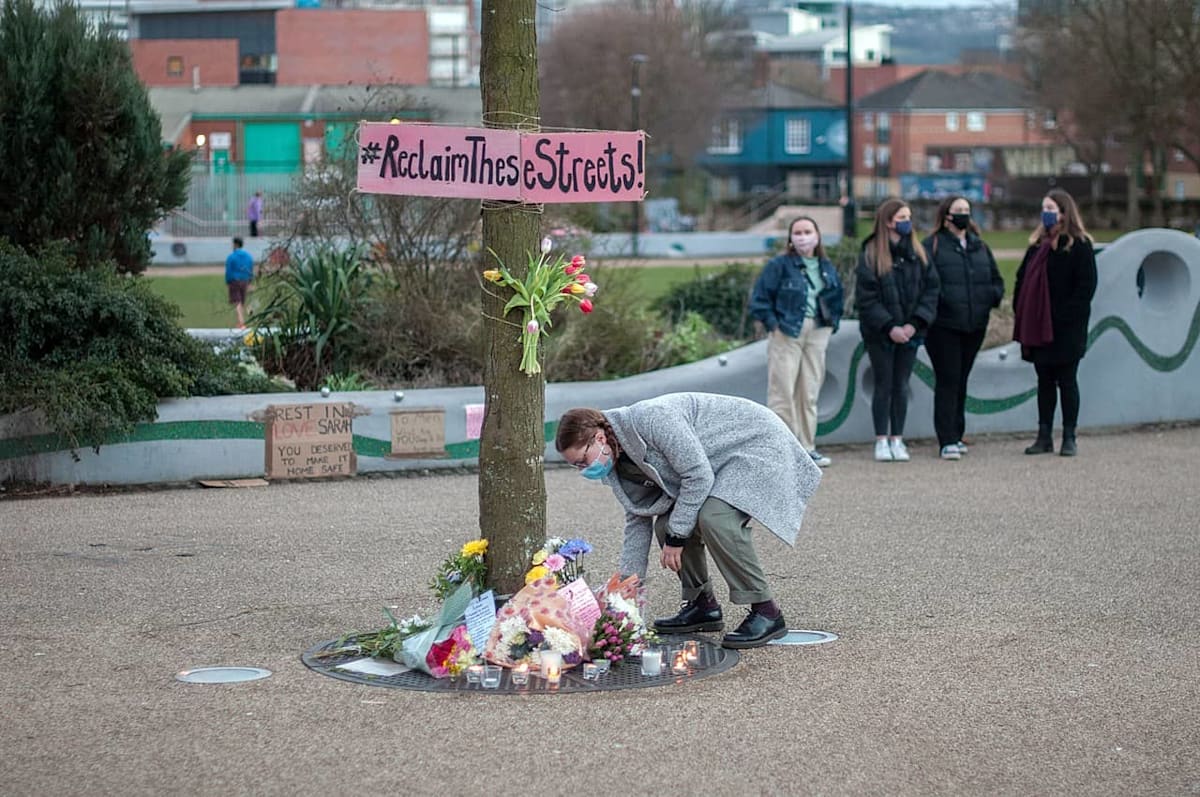
Women are inherently vulnerable?
The universal attachment of women to “vulnerability” legitimises a flawed, if not toxic, logic of care. It feminises women into the position of victims even before sexual assault occurs.
In other words, before any violence could happen, discourses of women as always vulnerable predicates them as subjects of fear, defencelessness, and therefore requiring protection, even in its most intrusive way, such as entering a remote tracking system so their whereabouts should be tracked by a masculinised power such as the police.
In turn, when masculinsed police and state power are championed as the default saviour against sexual violence, patriarchal notions about women’s vulnerability are entrenched.
The universal attachment of women to “vulnerability” legitimises a flawed, if not toxic, logic of care. It feminises women into the position of victims even before sexual assault occurs.
BT CEO Jansen defends his proposal from the accusation of “Big Brother” surveillance, saying women opt into the system by choice.
But this discourse of “police as protectors” and “women as vulnerable” not only risks legitimising a new layer of surveillance on top of already pervasive forms of surveillance through smartphones.
More significantly, it renders the perpetrators invisible by framing violence against women as a perpetual risk. And this is not to mention the complete ignorance of violence by police officers, which is the case of Sarah Everard’s murder.
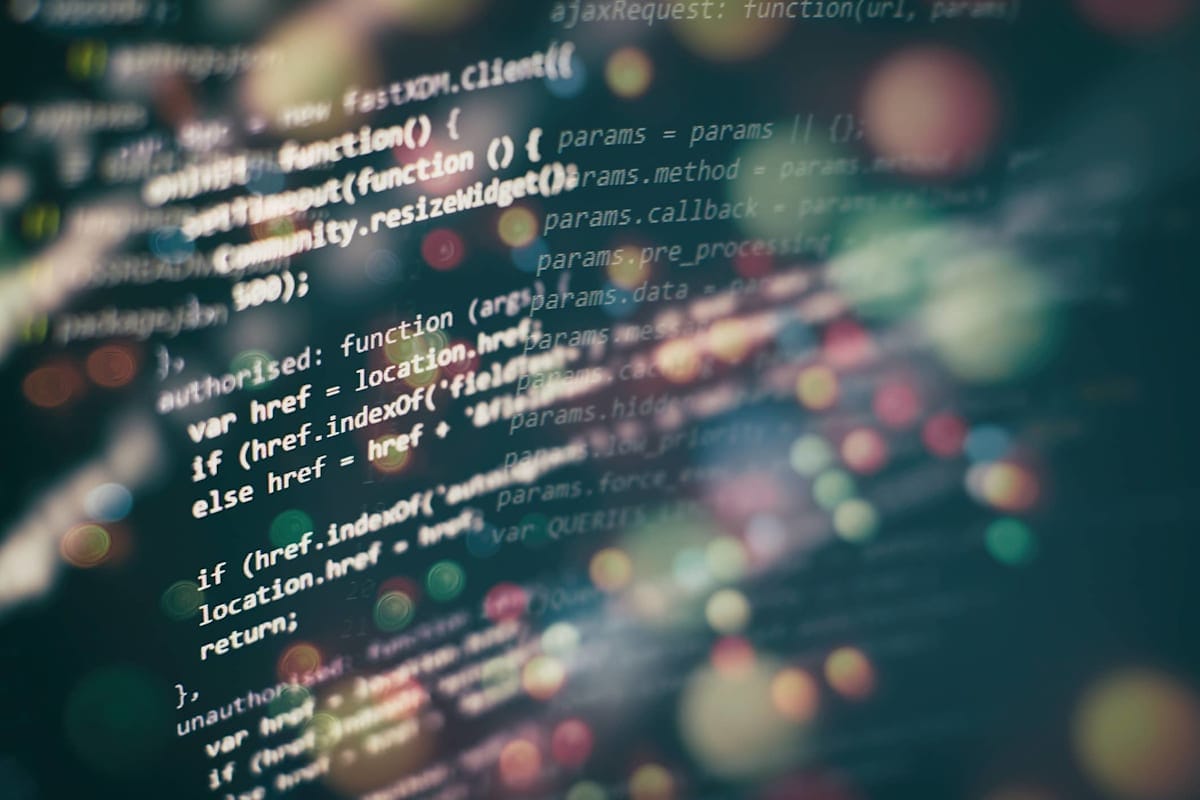
The ‘carceral creep’: Surveillance power through technology
It’s also worth remembering that the state response to sexual violence doesn’t extend to all people. Indeed, it usually occurs at the expense of other underprivileged groups.
For example, apps such as My Safetipin claim to share data of users’ reviews of unsafe places with the police, who accordingly determine the routes and timing of their patrols. This data is often considered to be a neutral evaluation of certain places. However, this should be critically unpacked.
For example, certain areas can feel dangerous to certain users if bodies deemed unsavoury – such as people who are homeless, racialised and the sexual-minoritised – are present. Similarly, darkness can feel terrifying for some, but is refuge to others (such as sex workers or drug users).
Read more: Crowd-mapping gender experiences – a powerful tool for shaping a better city launches
These relationalities cannot be discerned as data is decontextualised, decoupled from its origins and combined with data from other sources – usually official crime data – to enhance predictive insights.
This can further stigmatise these already marginalised communities, making the case for even more aggressive policing without resolving the root cause of sexual violence.
Solving sexual assault simply by having an app that can track our movements and calling the police for us with just one touch is a powerful temptation. But technological solutions are not benign and apolitical.
When tools for extensive data collection are problematically justified and marketed as liberatory technologies, it raises grave concerns for how women’s agency is understood, and how our streets are governed, never mind policed.



